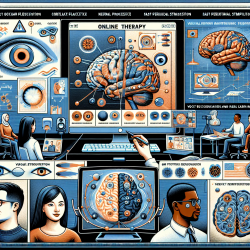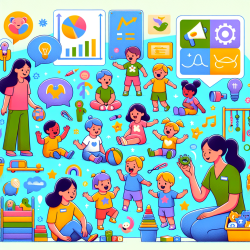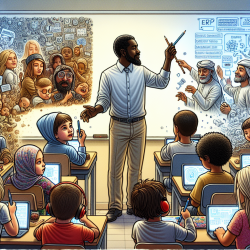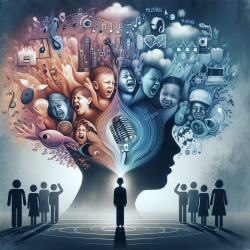The 13th Annual Asia Pacific Conference on Vision, 2017, held in Tainan, Taiwan, brought together researchers from around the world to discuss the latest findings in vision science. The conference featured over 161 presentations covering a broad range of topics, including adult cortical plasticity, fast periodic stimulation, and object recognition in the inferotemporal cortex. These findings have significant implications for online therapy practices, especially for special education practitioners looking to enhance their skills and outcomes.
Adult Cortical Plasticity
One of the keynote talks, presented by Robert Hess from McGill University, focused on adult cortical plasticity. Hess highlighted that while the critical period for visual development occurs within the first year of life, recent studies show that some plasticity remains into adulthood. This plasticity extends to monocular contrast sensitivity and ocular dominance (OD) in adults, which could lead to direct therapeutic benefits. Neuroplastic changes can occur through perceptual training, non-invasive brain stimulation, or short-term visual deprivation. For online therapy practitioners, incorporating perceptual training exercises that target these areas could enhance visual processing and integration in clients.
Fast Periodic Stimulation
Bruno Rossion from the University of Louvain discussed the use of fast periodic stimulation to understand higher-level visual functions, such as the categorization of complex visual forms like human faces, objects, and words. This approach offers several advantages, including high signal-to-noise ratio and independence from explicit behavioral responses. For special education professionals, applying these findings could improve the design of visual recognition tasks and assessments, making them more effective for populations that are difficult to test, such as children with developmental disorders.
Object Recognition in the Inferotemporal Cortex
Keiji Tanaka from the RIKEN Brain Science Institute explored how object categories are represented in the inferotemporal cortex (IT) of the monkey brain. His research showed that although individual IT cells respond to moderately complex features, the response patterns of a population of IT cells represent object categories. This finding underscores the importance of considering the collective response of neural populations in therapeutic interventions. Online therapy platforms can leverage this by incorporating exercises that stimulate these neural populations, thereby enhancing object recognition skills in clients.
Neural Processing of Visual Attention
Huihui Zhou from the Shenzhen Institutes of Advanced Technology presented research on the pulvinar-cortex circuits involved in visual attention. The study found that attention enhances gamma oscillatory coupling between the pulvinar and area V4, and that deactivation of the pulvinar reduces attentional effects and sensory-evoked responses in V4. This research suggests that interventions targeting these circuits could improve attentional control and sensory processing. Online therapy practitioners can integrate attention-enhancing exercises into their programs to support clients with attention deficits.
Practical Applications for Online Therapy
The findings from the 13th Annual Asia Pacific Conference on Vision, 2017, provide valuable insights that can be applied to online therapy practices. Here are some practical applications:
- Incorporate perceptual training exercises that target adult cortical plasticity to enhance visual processing and integration.
- Design visual recognition tasks and assessments based on fast periodic stimulation principles to improve effectiveness for clients with developmental disorders.
- Develop exercises that stimulate neural populations in the inferotemporal cortex to enhance object recognition skills.
- Integrate attention-enhancing exercises targeting the pulvinar-cortex circuits to support clients with attention deficits.
To read the original research paper, please follow this link: The 13th Annual Asia Pacific Conference on Vision, 2017.










